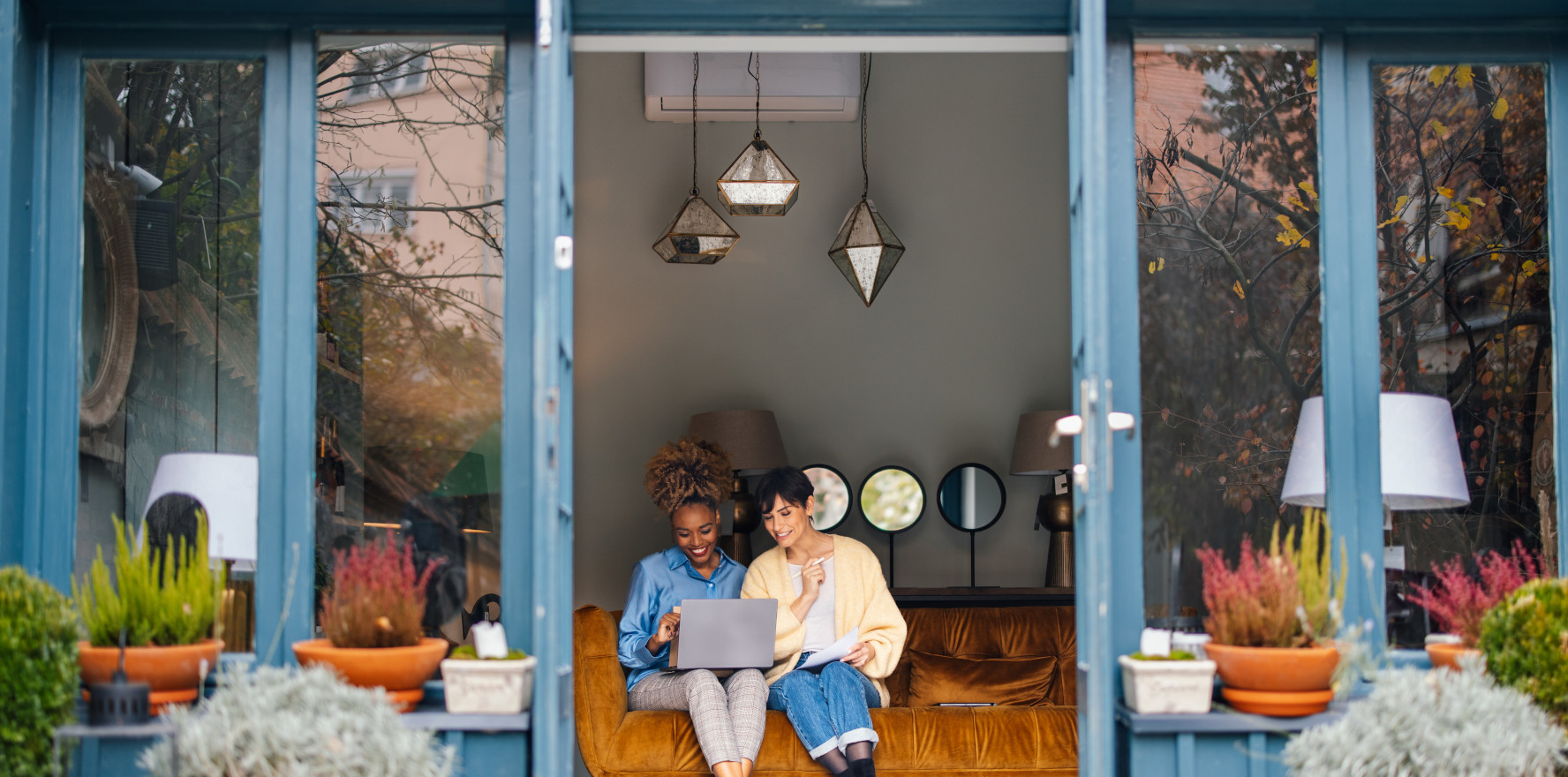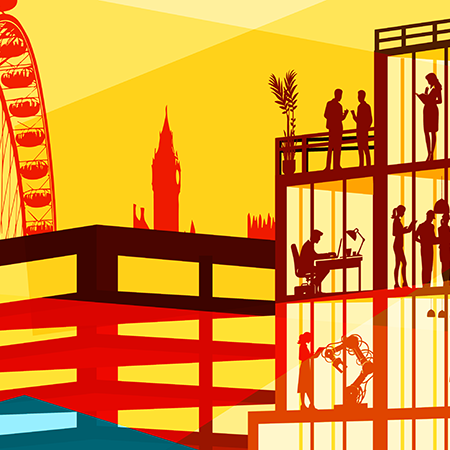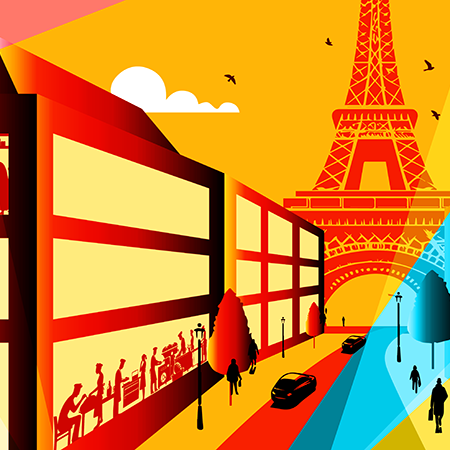“Not everything that counts can be counted; not everything that can be counted counts.” These wise words – variously attributed to Albert Einstein and William Bruce Cameron, and captured in song by Billy Bragg – ring particularly true when assessing the impact of office spaces on our cities.
Traditionally measured by tangible metrics such as productivity and efficiency, offices are now increasingly recognised for their broader societal significance. When conceived with social value in mind, workspaces become pivotal in shaping the economic, cultural and social landscapes of cities. They drive job creation, stimulate local economies and foster community cohesion.
Across the globe, offices can serve as hubs of innovation and knowledge exchange. They may enrich a city’s intellectual capital while engaging with communities to strengthen social bonds.
When sustainable design practices are integrated, offices showcase environmental responsibility, supporting global sustainability efforts.
This holistic approach to office design acknowledges their potential to create shared value across communities, harnessing their full potential to propel economic growth and foster social cohesion.
Vibrant cultural hubs
One such example is White City Place in London, which adds value to the community by enriching the social, cultural and economic fabric of the area. Providing office space, it attracts businesses that contribute to job creation and economic growth. Beyond that, it offers a diverse range of amenities and services, creating a vibrant environment in which people can live, work and play. White City Place also serves as a cultural hub, hosting events and performances that celebrate the arts and promote cultural exchange, attracting visitors and fostering a sense of identity and community spirit.
Similarly, the transformation of Haymarket in Edinburgh is an example of urban development’s capacity to generate social value. Integrating a transport hub, economic opportunities, community spaces, mixed-use developments and sustainability efforts, Haymarket contributes to Edinburgh’s wellbeing and vibrancy. Its emphasis on lively community spaces cultivates a sense of belonging and social cohesion, enriching the city’s social fabric and addressing the diverse needs of its inhabitants.
Sustainable communities
The Windmill Quarter in Dublin and the Amazon Headquarters in Seattle amalgamate commercial, residential and cultural elements to foster vibrant, sustainable communities, addressing urbanisation challenges and support economic growth.
The Windmill Quarter’s focus on cultural enrichment helps to nurture a diverse and thriving urban environment. Meanwhile, the Amazon Headquarters incorporates of nature, art and community engagement.
Modern office design should transcend functional considerations to encompass social value. Collaborative spaces extend beyond office walls to facilitate engagement with local universities, research institutions and start-up ecosystems. Furthermore, offices can serve as platforms for cultural exchanges and knowledge dissemination, bolstering social connections and enriching the social fabric of cities.
Promoting social equity
CapitaSpring in Singapore is an example of this approach, addressing urbanisation challenges while fostering economic growth and social cohesion. With several green landscaped floors and community gathering spaces, it offers greater public interaction and creates a green breathing space in a traditionally high-density CBD area.
Moreover, offices can contribute to promoting social equity by providing affordable workspaces and opportunities for businesses and entrepreneurs from diverse backgrounds. Initiatives such as The Whisky Bond and Techscaler in Scotland illustrate how partnerships between local authorities, property owners and businesses can create inclusive spaces that can reduce inequality and promote upward mobility.
Hubsy Arts & Métiers, a coworking space in Paris, also provides a welcoming space for remote workers, freelancers and students. By attracting professionals from diverse fields, it stimulates innovation and creativity, and provides a supportive environment for remote workers, combating isolation and promoting social connections. With its self-service system and hourly payment model, its presence contributes to the local economy by driving business to nearby establishments, repurposing urban spaces and revitalising neighbourhoods.
Environmental stewardship
In addition to their social impact, modern offices can contribute to cities’ efforts to mitigate climate change and improve sustainability. Incorporating green building practices, energy-efficient systems and sustainable transportation options, offices can set an example of environmental stewardship, inspiring other businesses and individuals to adopt sustainable practices and reduce their ecological footprint.
Globally, offices should be indispensable for social value in cities, serving as hubs for social interaction, collaboration and community-building. They drive economic growth, job creation and innovation while contributing to the cultural fabric and liveability of urban areas.
As cities adapt to evolving work trends, a balanced approach – one that recognises the enduring social benefits of offices while embracing new work models – will be crucial for creating inclusive and thriving urban environments.
By acknowledging the broader impact of the built environment and designing offices with social value in mind, cities can leverage their full potential to create vibrant, welcoming and sustainable spaces for all.



